The seven images memorialized in Recuerdos de viaje (Memories of Travel) by Isaac Albéniz (1860–1909) take us around Spain from the sea to the Alhambra. His use of his melodies that sound like Spanish folksong was a large part of his skill. His use of popular rhythms and a ‘profound awareness of the history of piano music’ create a world that’s familiar and yet foreign. Albeniz makes us the outside viewer in some cases and, in others, immerses us in the places, people, and experiences of travel.
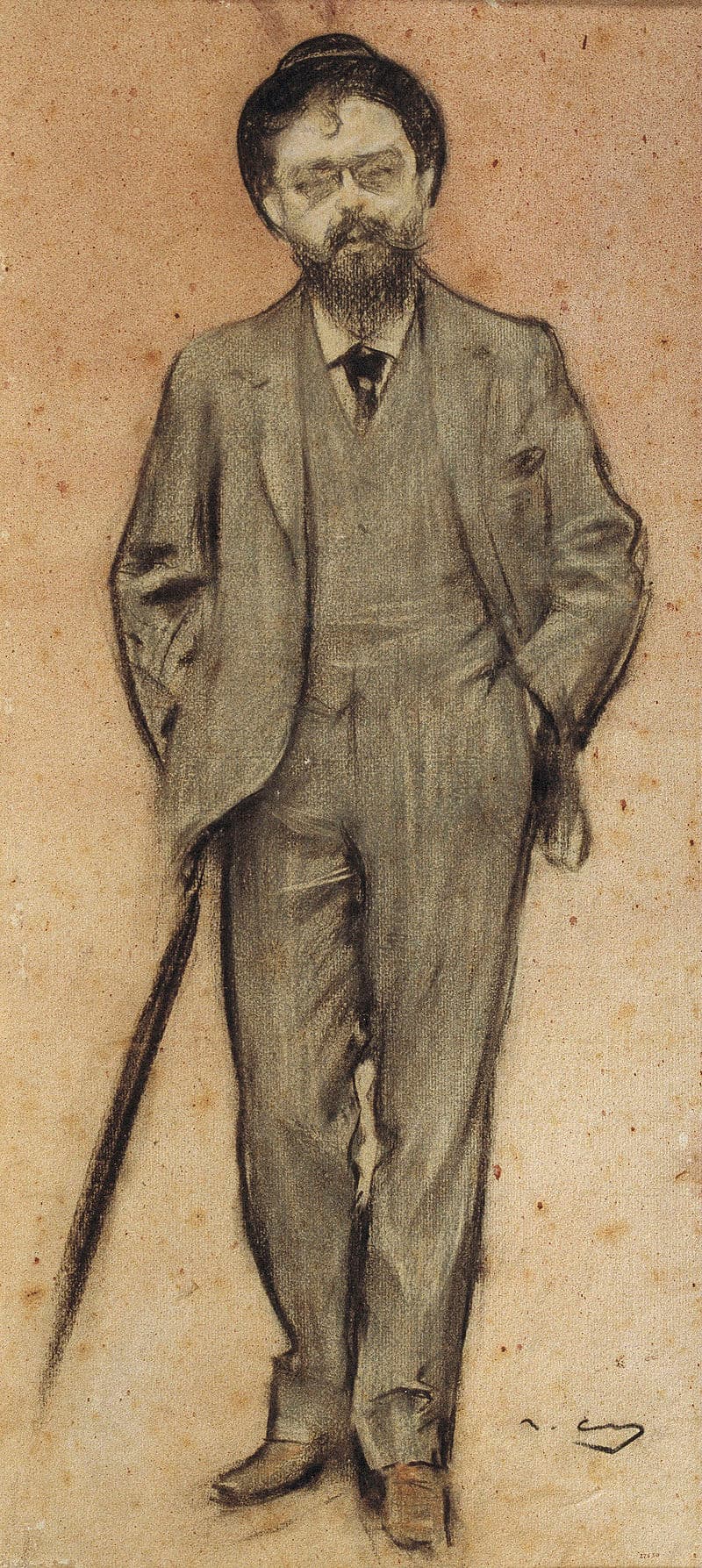
Ramon Casas: Albéniz (Barcelona: Museu Nacional d’Art de Catalunya)
He opens on the sea with En el mar, set as a barcarolle, as is only appropriate. Albéniz adds wave effects at the beginning and end.
Isaac Albéniz: Recuerdos de viaje – I. En el mar (Guillermo González, piano)
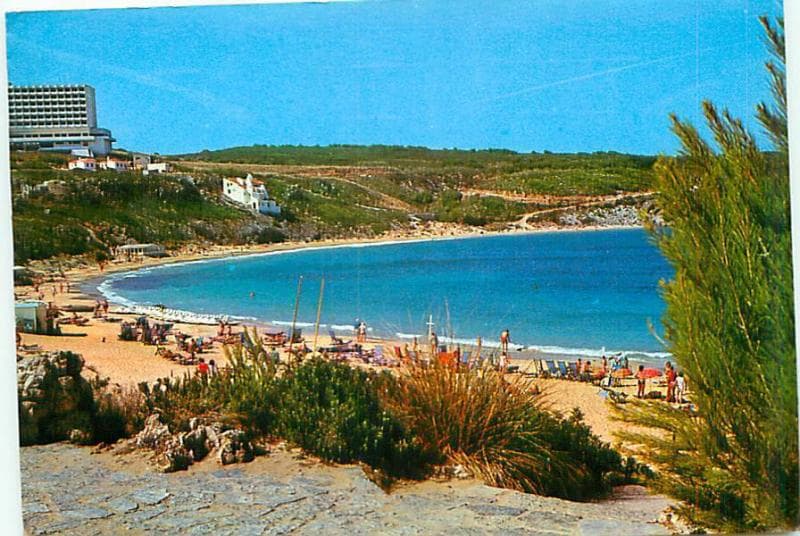
Postcard 1, Menorca
Another barcarolle forms the basis for Leydenda (Legends).
Isaac Albéniz: Recuerdos de viaje – II. Leyenda (Guillermo González, piano)
The third piece, Alborada, is a dance from Asturia that celebrates sunrise.
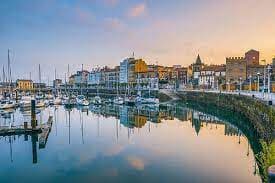
Postcard 3 – Sunrise in Asurias
Isaac Albéniz: Recuerdos de viaje – III. Alborada (Guillermo González, piano)
On land, we’re at the Alhambra, the monument to Islamic rule in Spain. Albéniz sets this in another dance, the granadina, a fandango from the area.
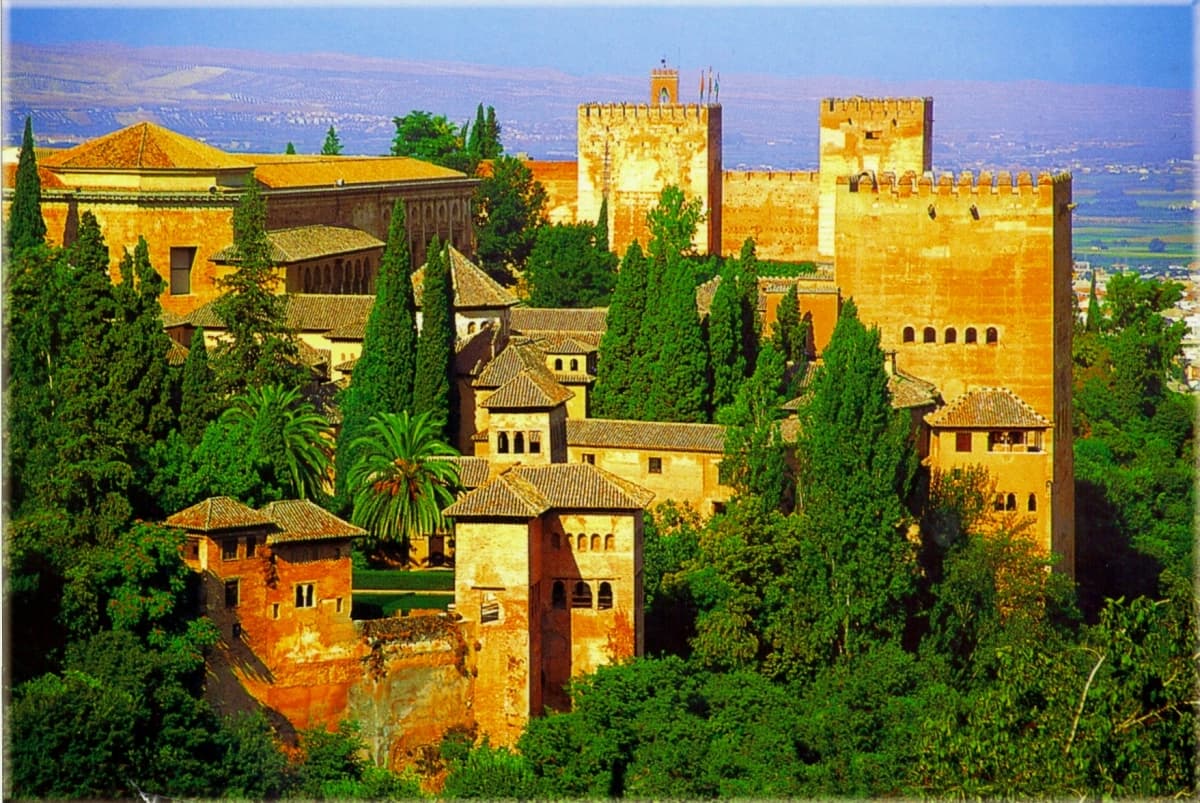
Postcard 4: The Alhambra (photo by Virginia Stuart-Taylor)
Isaac Albéniz: Recuerdos de viaje – IV. En la Alambra (Guillermo González, piano)
Puerta de Tierra, a monument at the entrance of the city of Cadiz, is the fifth movement, set in the slow rhythm of the bolero, a triple-time dance dating back to the eighth century.
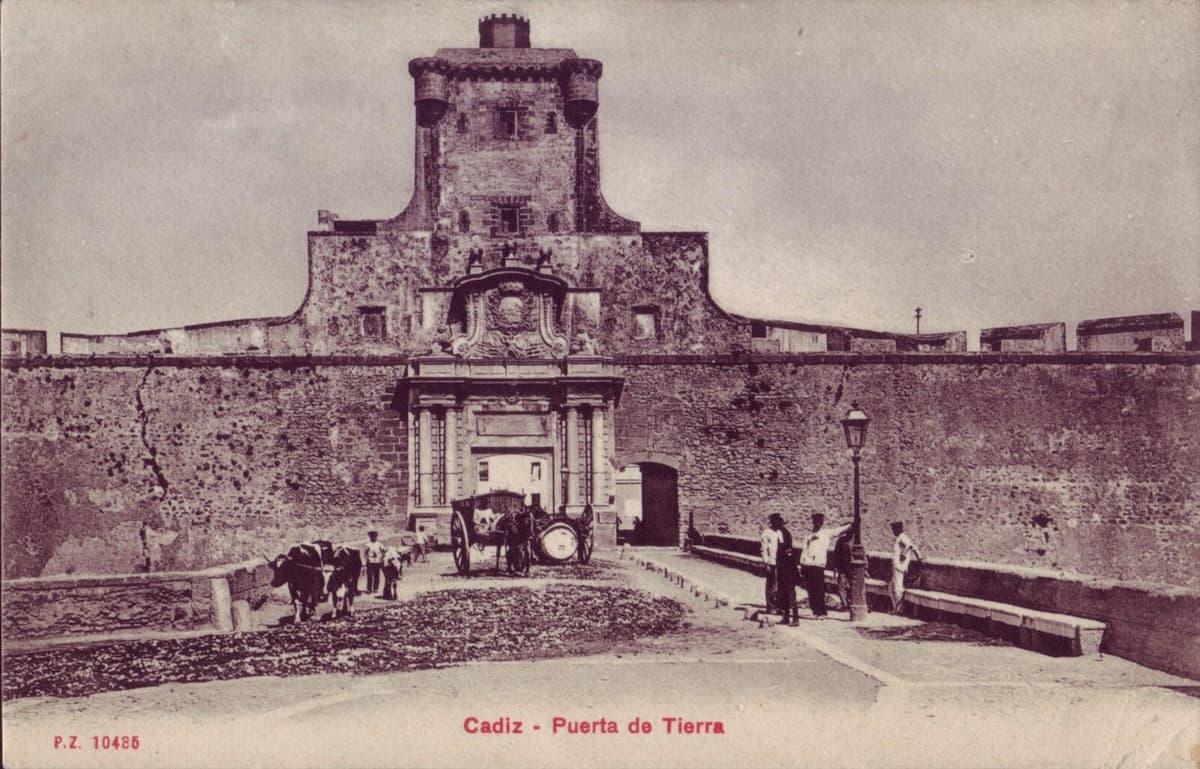
Postcard 5: Puerta de Tierra
Isaac Albéniz: Recuerdos de viaje – V. Puerta de Tierra (Guillermo González, piano)
Rumores de la Caleta (Murmurs from La Caleta) is probably the most famous piece from this travel set. It has the most obvious Spanish flavour and has the form of a malagueña (an Andalusian dance derived from the fandango). The malagueña makes a link to flamenco, a dance genre that was a favourite of Albéniz. A guitar technique is used in the malaguena where the thumb in the bass plays the melody and alternates with the fingers of the right hand. La Caleta is a beach near Málaga.
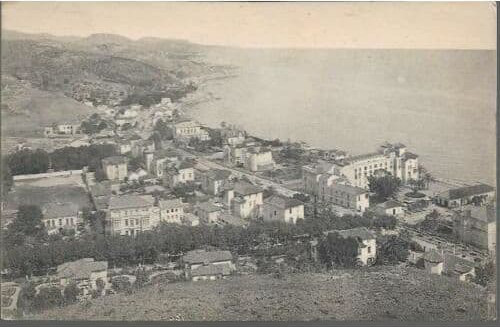
Postcard 6: Malaga, Spain – view of La Caleta
Isaac Albéniz: Recuerdos de viaje – VI. Rumores de la Caleta (Guillermo González, piano)
En la playa (On the Beach) returns us to the sea, but now in a waltz tempo. There’s a melancholic side to this movement, as though travel is over, the traveler is tired, and, although home is in sight, it won’t be the same as all the exciting places that were seen.
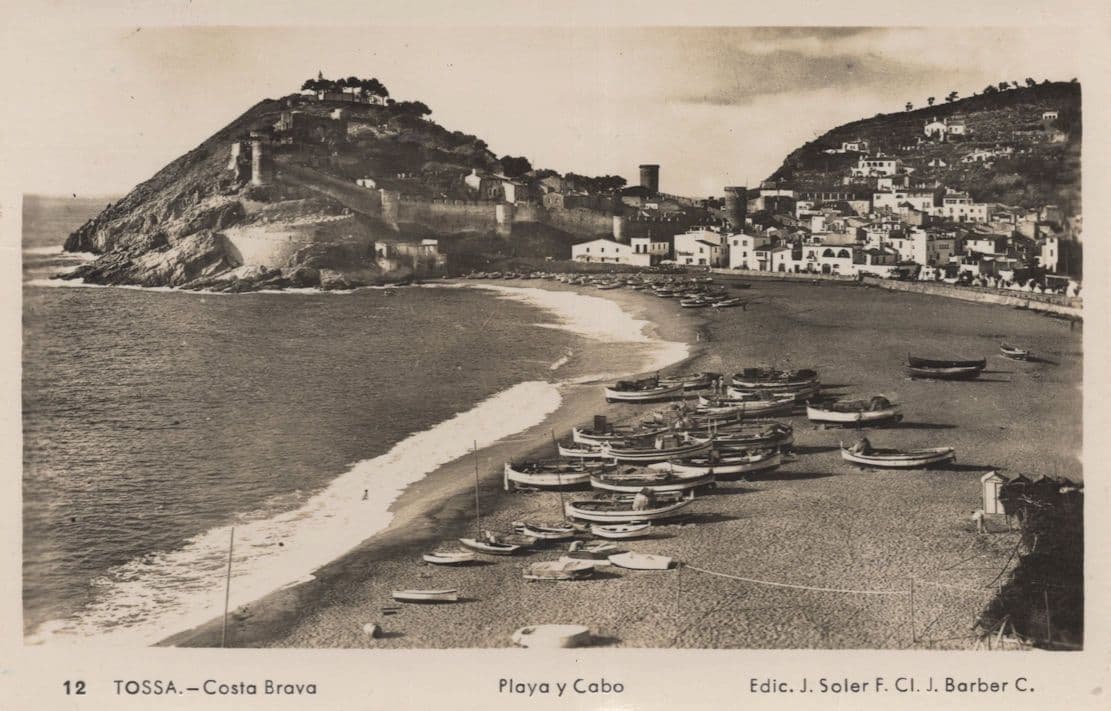
Postcard 7: On the Beach
Isaac Albéniz: Recuerdos de viaje – VII. En la playa (Guillermo González, piano)
The first movement was published separately in London as On the Water, and the fifth movement appeared in London as Andalucía. The work was written between 1886 and 1887 and then was played in salons around Madrid. Salon music of this kind was popular in the late 19th century as the piano became the key decoration for the home.
This work from Albéniz’s early period captures much of the charm of his work. It’s Spanish but not directly quoting any Spanish material except as written by Albéniz. Each of the movements is a dance that was associated with particular parts of the country (except the barcarolles, which came from the Venetian gondoliers) and acts to draw the listener in with their rhythms. How do you remember your travels? Infinite numbers of photographs that you’ll never look at again or piano miniatures that bring back the sounds of the places you loved?
For more of the best in classical music, sign up for our E-Newsletter


